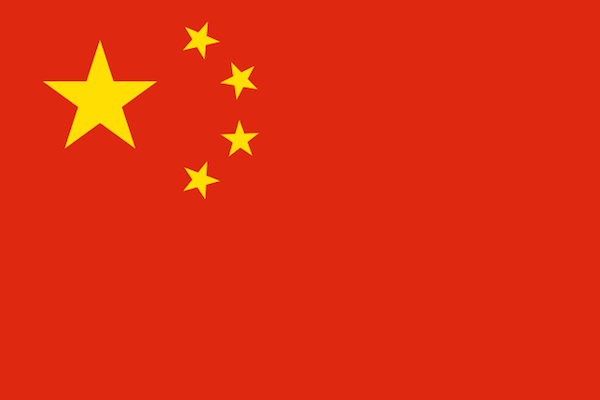A few months ago, the #TwitpicYourCheveuxCrepus hashtag went viral in both France and the US. It was a reaction to the French magazine Public saying Solange Knowles’ hair resembled armpit hair. Those tweeting in response instead decided to showcase the many different and beautiful styles Black hair has to offer.
Last week, on the opposite end of the spectrum from hatred of afros, Allure magazine decided to publish a tutorial on how to get the “afro” look with straight hair under the title “You (Yes, You) Can Have an Afro, Even If You Have Straight Hair” complete with a picture of a smiling White woman with her hair in tight afro-like curls.
I’m going to just go ahead and refute this right now and tell you that no, you most certainly cannot have an afro if you have straight hair.
Many will try and argue that an afro is just a hairstyle, and therefore should be something that anyone can wear. Those people are wrong. They fail to understand that afros in all of their various curl patterns are literally the natural way that hair physically grows on the heads of African-descended people.

Angela Davis (left) and another woman, both with large afros, in 1969 at UCLA. (Photo Credit: George Louis via Wikimedia)
And for well over two hundred years, it has often been considered taboo for Black people to show their hair in its natural state in public.
In Louisiana, in the late 1700s, tignon laws were established that required Black women to cover their hair. The idea of Black and mixed race women of African Ancestry having pride in their natural appearance was such a threat to Louisiana society because it gave the appearance that Black people could be of a higher stature than was permitted for them at the time. It was also believed that the hairstyles were luring White men into interracial relationships, and could potentially strengthen Black influence in New Orleans. The tignon laws were put in place to stop that influence and to essentially keep Black people relegated to a lower class.
That may seem extreme or an archaic example, but even today natural Black hair is considered inappropriate for everyday situations. In 2013, Tiana Parker was sent home from her school in Oklahoma because her dreadlocks were not considered a “presentable hairstyle.” The school even went so far as to say that dreadlocks, afros and braids were considered “faddish hairstyles” and therefore not allowed. Again in 2013, a school in Ohio tried to ban afro-puffs and twisted braids, which for Black girls is as standard a hairstyle as pigtails are for people with naturally straight hair.
In a recent article in The Atlantic, the idea of a “makeup tax” was explored. The author talks about how women in general spend a lot of money and time on makeup and beauty products in order to be considered presentable to a male-dominated workplace. If the makeup tax is this much of a financial commitment for White women, imagine then what it must be like for Black women having to spend money not just on makeup but altering their hair in order for it to be considered neat and clean by White standards. Clearly Black women’s money has a significant effect on the haircare industry, since the natural hair push has caused many companies to create products for Black hair and even buy up businesses like Shea Moisture to cover that part of the market.
You cannot erase this context to make an Afro “just a hairstyle” (full story➚). The fact that our hair is considered either “unpresentable” or a fad clearly shows the disconnect that many people have with Black hair. It is especially insulting that with the amount of work and money that Black women have had to sacrifice over the years in order for our hair to be considered “presentable,” White women especially have recently been latching onto our hairstyles and are called innovative for doing so.
Our hair is not a fad, it is the natural way our hair grows on our heads, and we have the right to say no when people try to appropriate it.










